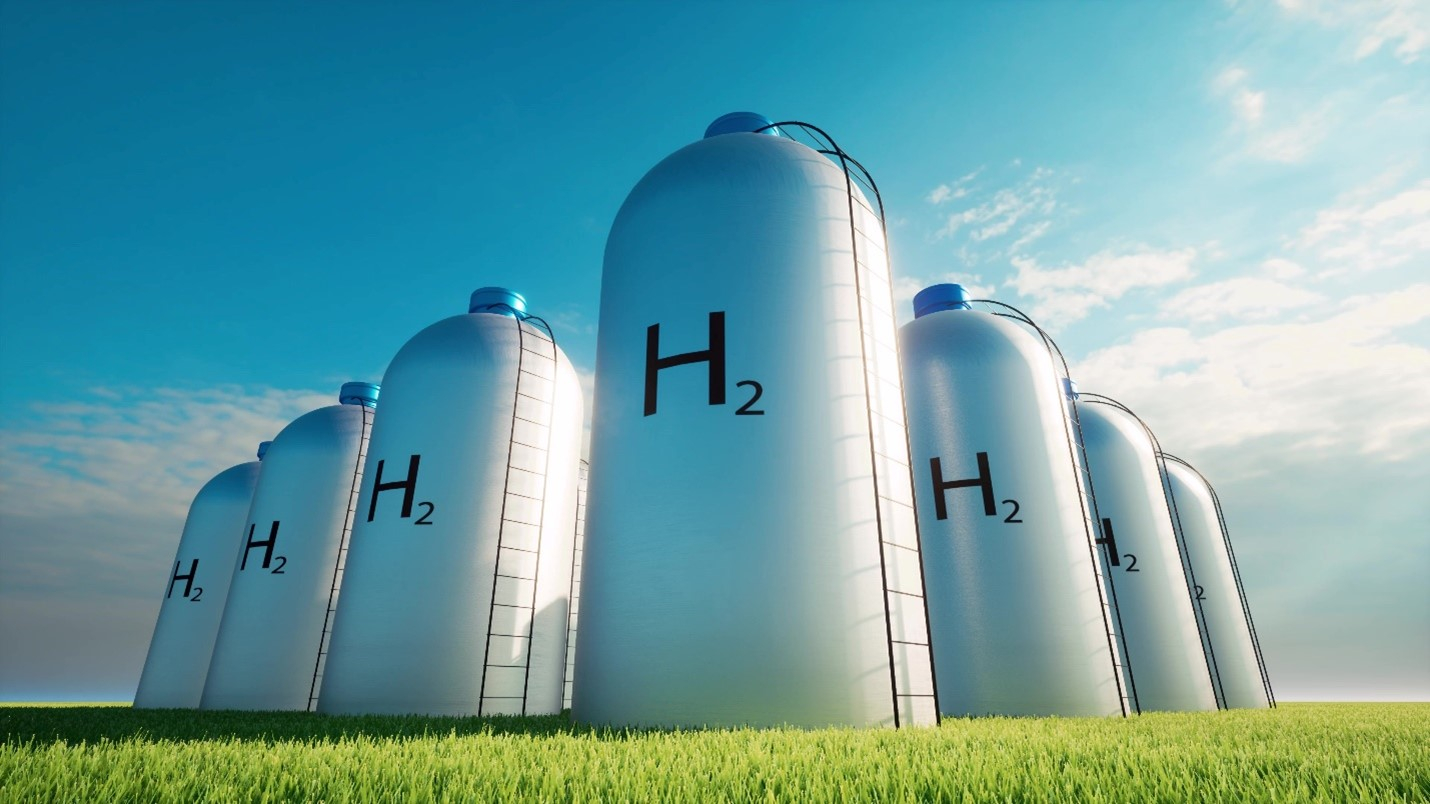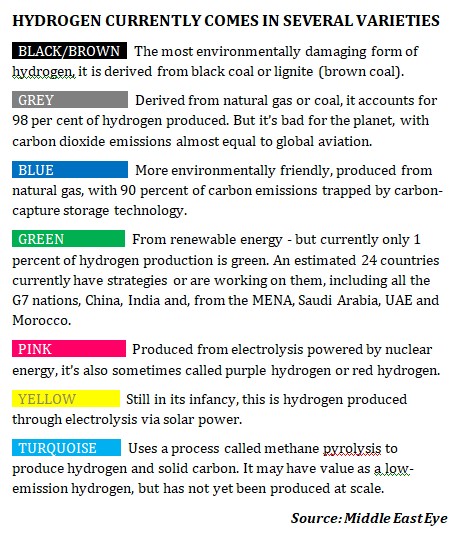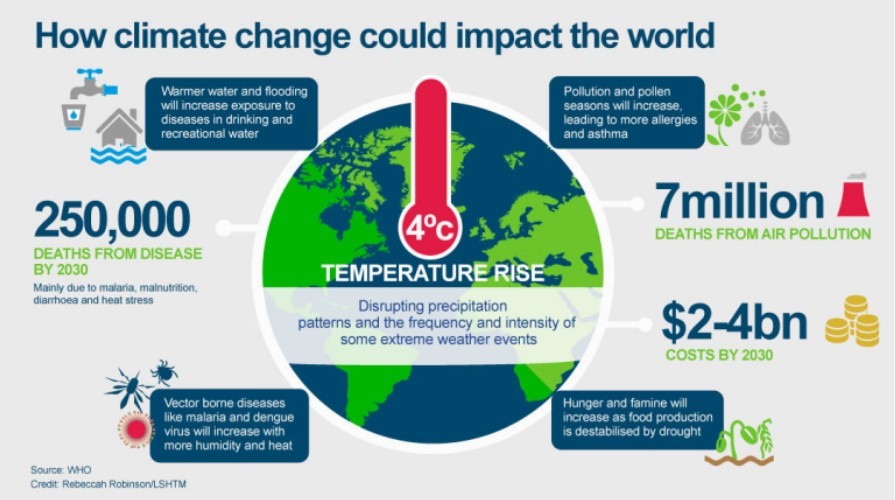Environment

The world is scrambling for a durable solution to tackle the dual challenge of meeting massive energy demand while minimising the adverse effects of climate change.
Some countries are already looking at 'green hydrogen' as a potential alternative technology to find this balance.
As nations come forward with net-zero strategies to align with their international climate targets, hydrogen gas – which has long been recognised as an alternative to fossil fuels – has again risen to the agenda.
That agenda will resonate in Kathmandu next week when stakeholders, including policymakers, academia and Nepal’s development partners, share their thoughts on the opportunities and challenges in harnessing hydrogen.
Nepal Green Hydrogen Summit 2022 takes place here on October 10 and 11 with the theme ‘An Antidote for Melting Himalayas’.
MIT Group Foundation, Global NRN Foundation, Wind Power Nepal, Melbourne Institute of Technology, Kathmandu University, Ministry of Energy, Water Resources and Irrigation, and Ministry of Finance will jointly organise the event.
“The conference aims to make a coherent, substantive and impactful agenda featuring topics that align with Nepal’s strategic vision for a green hydrogen-based energy future,” event organisers said. “The summit will be important for building future hydrogen economy in Nepal.”
Also on the table for discussion will be challenges facing Nepal in the feasibility of producing, storing, distributing and using green hydrogen.
Hydrogen economy
A hydrogen economy could tap Nepal’s abundant hydropower resources and open prospects of storing and transporting energy.
A 2017 research paper published by the Asian Development Bank hints at a positive outlook for the hydrogen scenario in Nepal. It explores converting hydrogen into ammonia for months-long storage utilising the “seasonal pattern of hydropower generation”.
Hydrogen itself has some challenges regarding storage and transportation. This is where ammonia comes into play. Ammonia is produced by combining hydrogen and nitrogen, which is abundant in the atmosphere.
Urea, a shortage of which headlines every year in the country, is one of the most effective derivatives of ammonia. So green hydrogen will go a long way in an agricultural country like Nepal.
In May this year, the Nepal Electricity Authority (NEA) signed a Memorandum of Understanding with South Korea’s Global Green Growth Institute (GGGI) for manufacturing chemical fertilisers in the country.
The deal goes beyond establishing a factory for producing urea fertilisers. It also allows the GGGI, which has been working on green hydrogen globally, to conduct a feasibility study on producing hydrogen and ammonia through green energy.
However, the ADB report suggests developing an enhanced understanding of capital, and operating expenditures are necessary.
That might be the reason for Nepali authorities’ guarded optimism.
“While the future of hydrogen looks promising, it requires further feasibility studies before we invest,” NEA Executive Director Kulman Ghising wrote in his recent article published by Onlinekhabar.
Often touted as a replacement for natural gas, hydrogen is a combustible gas with no carbon. Combined with oxygen in a fuel cell, it can produce electricity with only water as a byproduct. However, burning it releases pollutants that contribute to smog and acid rain.

Green usage
That is where ‘green hydrogen’ comes in. Hydrogen can be extracted from water using renewable electricity through a process known as electrolysis. This gives hydrogen the edge over other fuels to unlock various avenues of green usage.
There are also less-clean methods that use fossil fuels but capture carbon emissions to create what is known as ‘blue hydrogen’.
Green hydrogen – essentially a form of energy storage – is an ideal fuel for certain applications such as long-distance transportation where electricity is impractical.
Annual global demand for green hydrogen is estimated at more than 90 million tonnes – an opportunity that energy experts believe Nepal could tap in.
According to the International Energy Agency (IEA), green hydrogen constitutes just 0.1 per cent of global dedicated hydrogen production today.
Countries such as the US, Canada, the UK, Germany, Australia, Japan, South Korea and the European Union have enacted energy strategies to deploy green hydrogen. According to the Hydrogen Council — a conglomerate of companies in the sector — hydrogen will be able to supply more than 20 per cent of global energy demand by 2050, which will prevent the cumulative emission of 80 gigatonnes of carbon dioxide.
The two-day event aims to accelerate the nation’s position in the renewable hydrogen value chain and to advance discussions on meeting future energy and emission reduction goals.
The event’s significance has also heightened due to the region’s climate crisis.
Record monsoon rains and melting glaciers in northern mountains submerged nearly one-third of Pakistan. The death toll from the natural disaster neared 1,700, according to Pakistan’s National Disaster Management Authority.
It has wiped off fertile agricultural lands, destroying property and putting more than 33 million or one-seventh of Pakistan’s population without access to food and water.
Key to mitigating climate crisis
The tragedy in Pakistan is a wake-up call to the world’s most densely populated region, experts warn.
Better climate preparation is required not only in Pakistan, but also for the whole of South Asia.
The entire region has experienced extreme weather events, such as flooding, droughts and heatwaves, weather and climate scientist Koh Tieh Yong told Singapore-based Channel News Asia.

The intensity of this monsoon may be linked to an equally intense heatwave that baked India in June this year, Associate Professor Koh Tieh Yong of the School of Science and Technology at the Singapore University of Social Sciences explained.
China is seeing severe drought, which scientists now relate to climate change, and they expect such problems to be more common if the course of burning fossil fuels is not changed.
Last month, the Nepal government sent out a message that it was taking climate change-led consequences seriously.
The Ministry of Forests and Environment said it would declare a climate crisis in Nepal after consultations with experts and stakeholders.
“The impacts of climate change are occurring everywhere visually,” Minister for Forest and Environment Pradeep Yadav said. “Climate change is affecting Nepal’s mountain, agriculture, and water resources. It’s high time we declared a climate crisis in Nepal and drew worldwide attention to it.”
Environmentalists and representatives of Nepal’s development partners participating in the event would be keen to learn that the government’s move was part of a well-thought-out plan rather than just a knee-jerk reaction to draw momentary global attention.






